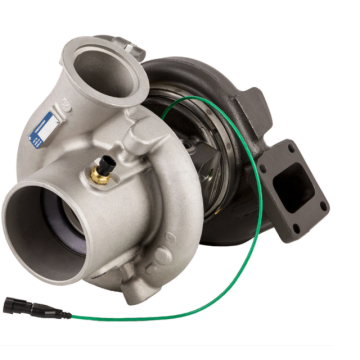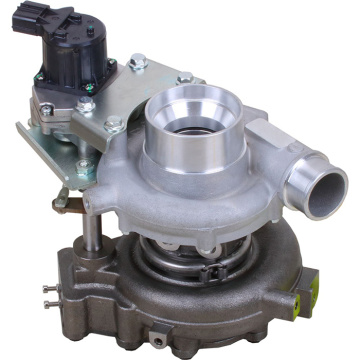Contact Person:
Phone:
Fax:
Address: Huolianzhai Village, Huolianzhai Town, Xihu District, Benxi City, Liaoning Province,Benxi,Liaoning
The VNT Turbo Actuator
How the VNT turbo actuator should work
The lever on the outside is welded to a lever inside the turbo housing. This is how it moves the VNT vanes. It should not stick or bind at all. Vacuum is being applied to the can, not pressure. When there's no vacuum (engine off), the rod is fully extended because the spring inside the can is pushing it open. As engine rpm goes up and more turbo boost is requested by the car's computer, the N75 solenoid allows vacuum pressure to go to the can and the rod retracts under vacuum pressure. In other words, at full vacuum, the lever should be at the stop screw (not visible). This moves the internal vanes and gives more boost. At full rest, the rod should be fully extended but not hitting anything. Because this relies on vacuum pressure, it's essential that the vacuum lines and N75 solenoid/wiring are working and not leaking.The VNT actuator looks like a wastegate can and uses a lever to move the VNT vanes inside the turbo. VNT actuator and wastegates are similar in location and appearance so don't get confused if you see the term wastegate used instead of VNT actuator. The biggest difference between them is that a wastegate can uses pressure to work and is only found on older mk3 TDI. The VNT actuator on mk4 Garrett turbos uses vacuum to suck its rod in. Borg Warner actuators found on newer TDI use vacuum to push their rods out.

 Contact Now
Contact Now


